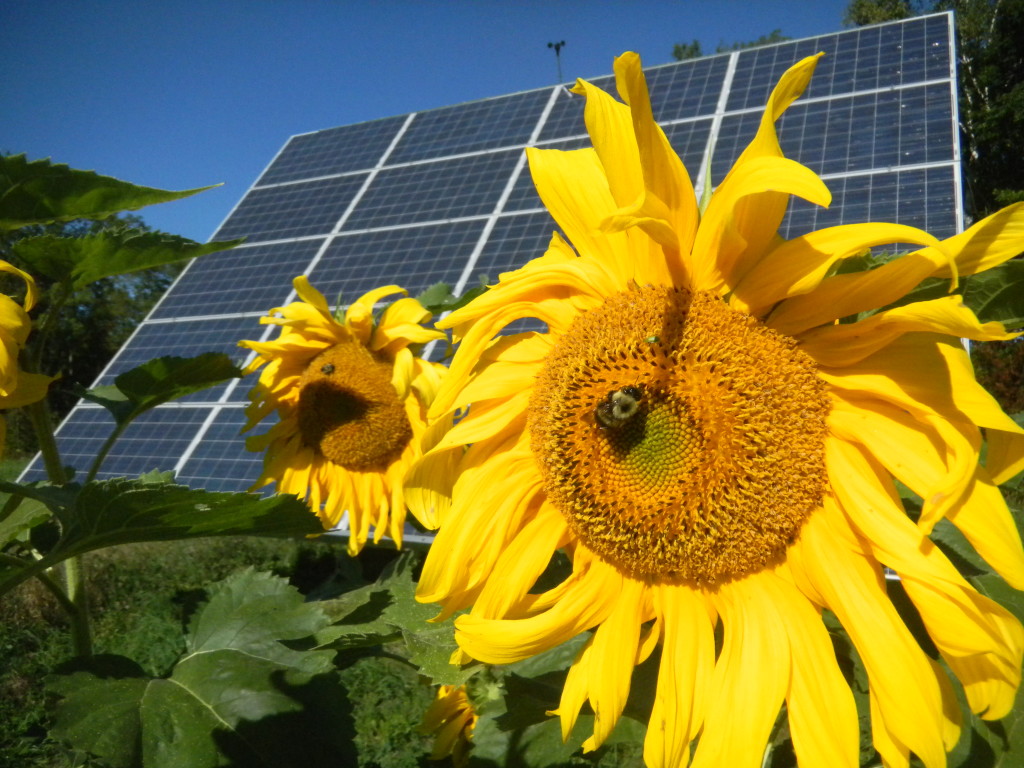On May 22nd, Gov. Scott signed H.676, which establishes a voluntary standard for establishing a pollinator-friendly habitat label on solar farms and recognizing solar installers that are leading the way in protecting and promoting pollinator species. Just like our work to make it easier to build solar on previously developed land such as rooftops, parking lots, and landfills, this pollinator solar program is about taking something good – solar – and making it even better.
By planting native flowers, eliminating the use of herbicides and mowing, and taking other simple steps, solar installers can increase Vermont’s pollinator habitat while simultaneously helping repower the state with clean energy. While much more needs to be done to address the threat to pollinators in Vermont and worldwide, this is a valuable step Vermont’s homegrown clean energy sector can take today.
To become a Solar Pollinator Site, a solar installer must complete the Solar Site Pollinator Scorecard which provides a roadmap to achieving that standard. For more information on how to build a solar farm to this standard – or how to retrofit an existing solar farm to it – visit the UVM Extension site which outlines the steps to get started.
This miscellaneous energy bill also made two other minor changes to make it just a little easier to build solar on rooftops and over parking lots:
- The bill eliminated the Agency of Natural Resources permit fees for rooftop solar (up to 500kW), and
- It also removed the mandatory setback requirements for parking lot canopy solar, since parking lots are (shockingly) often close to roads.
While we need to do more to both advance solar and protect pollinators, H.676 is a step in the right direction. Stay tuned for more on how the Solar Pollinators initiative helps address the growing threat to pollinator species, helping give them a new chance by more fully utilizing the land we need for solar energy production.

